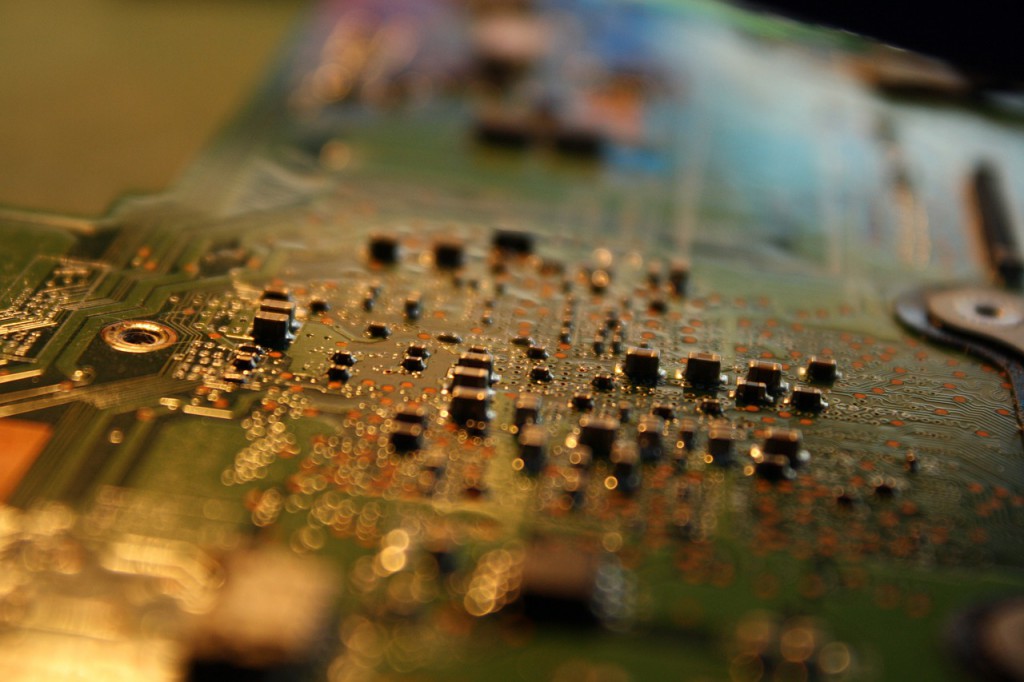The surface you choose to use on your printed circuit board is actually the most important decision you will make. This finish will make all the difference when it comes down to the reliability of the product, the quality, the manufacturability, and of course, the cost.
The final finish process used to be relatively simple just a few years ago. It was one of two choices-electrolyte nickel/gold, or hot air solder leveling. (There is also the concern about the amount of lead in the HASL, although EPA studies show that this lead does not leach into the land when components are dumped into landfills.)
Since technological improvements have increased at such a rapid level, more sophisticated materials have been developed to use as final surface finishes, and alleviate the concern about lead in the atmosphere.
Now, just a few short years later hot air surface leveling methods make up only about 10% of PCB finishes, clearing the way for other, better surface finish materials that include Hard and Soft Gold, White Tin, Silver, ENIG, or ENEPIG and OSP. Currently, these finish materials each have attributes that make it a desired surface finish for certain applications. There are certain questions you might want to ask to assist you in determining which surface finish is best for your applications.
- Does it need to be lead free?
- What quantity do you need?
- Where will this PCB assembly be marketed, and what will it be used for?
- What are the types of components and pitch to be applied?
- Will it be wave soldered or wire bonded?
- Are there any environmental or handling issues that the finished product might be exposed to?
Final finish is meant to imply that you have only one choice, but in actuality this is not true. You now have many options available to use to cover the exposed copper surfaces, and the global industry is now delving into various surface materials. It won’t be too long before you will not be able to use HASL in products being shipped overseas, so having to switch to a newer style finishing product is imminent for all manufacturers of printed circuit boards. Each new method has benefits, but there are also weaknesses that have yet to be discovered and dealt with.
The business of supplying printed circuit boards has evolved into something much more complicated than it once was, and manufacturers are paying particular attention to areas that are going to change the way they do business, cost being the number one factor. Even though PCB’s are getting smaller by the day, the price of the materials used in the final finish is not. Consumers should expect to pay more because of this, but that is the price of advanced technology. The higher cost of newer finishing materials aside, companies that manufacture and supply printed circuit boards also keep quality and reliability first and foremost. You can be assured that the PCB is as strong and dependable as it once was, even though this market is steadily evolving.






